Mosquitoes, flies, ants, and mice are all examples of pests that are annoying and potentially dangerous. You could try to eliminate them with chemicals, but it would be disastrous for the ecosystem. They pose a threat to humans and animals alike.
Therefore, you should attempt to make your own bug repellant out of common household items. Natural treatments have the potential to be just as effective as their chemical counterparts. To help you, we have rounded up ten green pest control ideas that prevent those critters from your home. As always, Simphome curates you with the list.
10 Green Pest Controls Video:
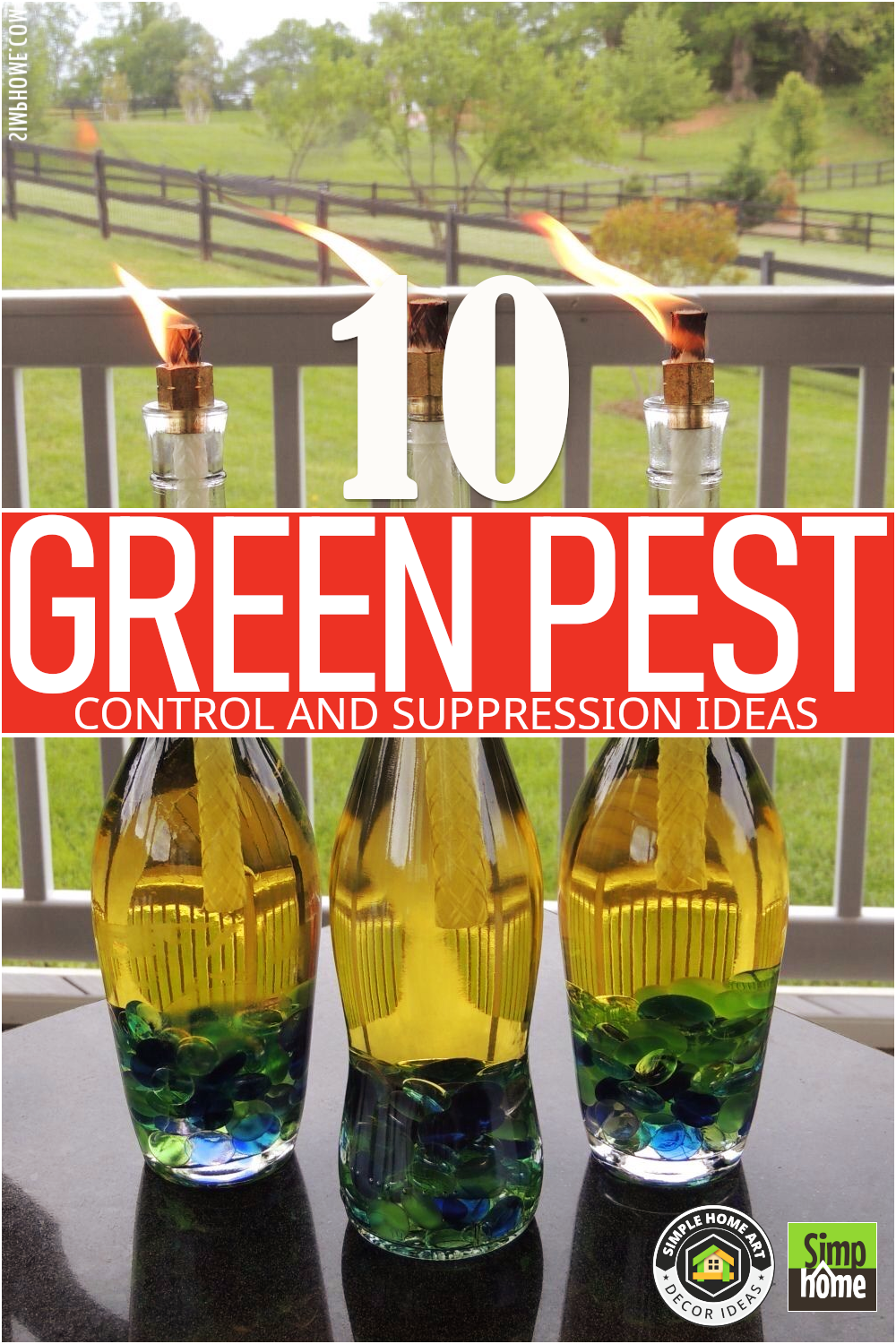
10. Coffee Grounds
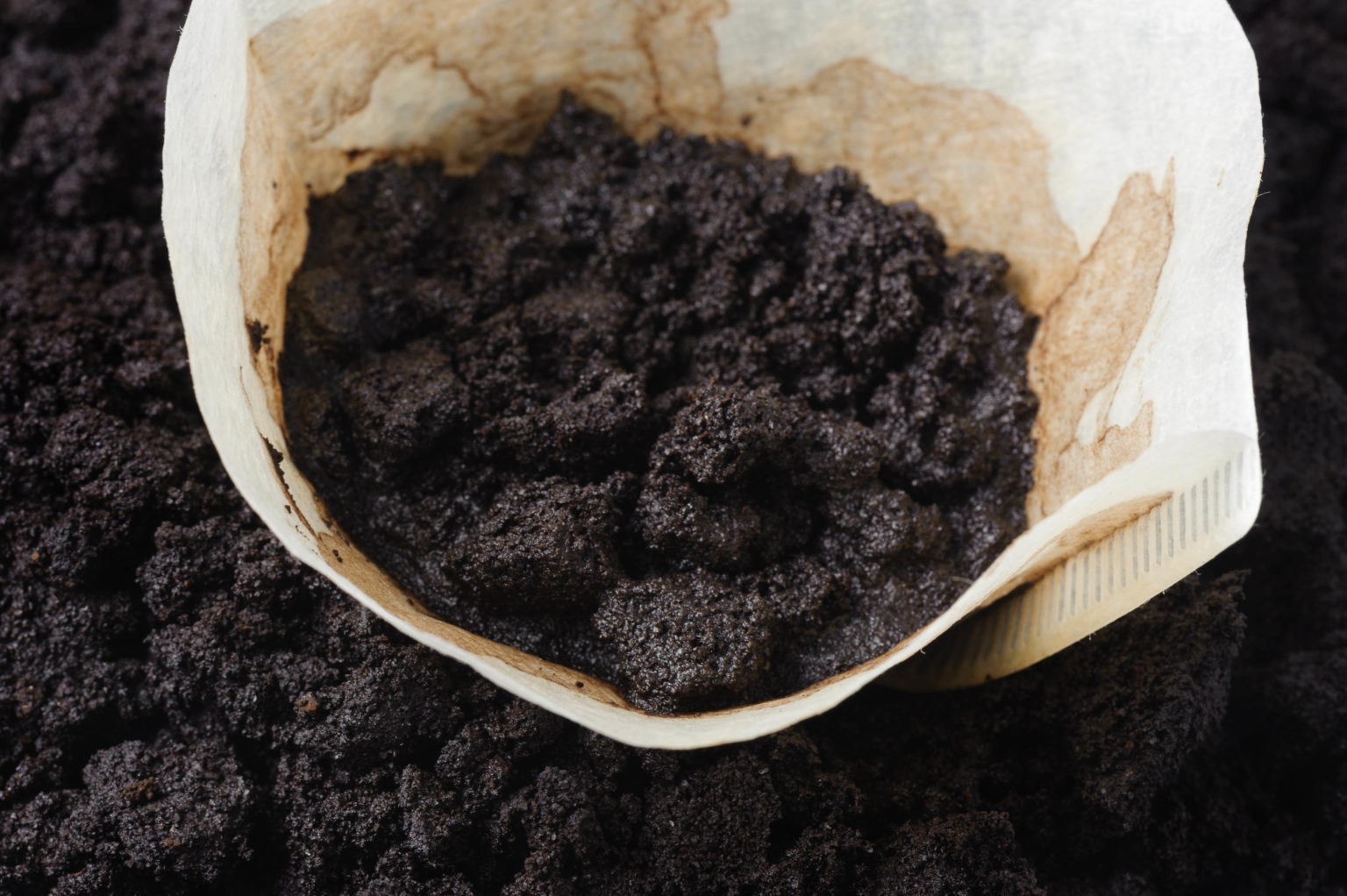 How about coffee? Coffee grounds are typically flushed down the toilet or dumped into the trash. Well, from now on, you should save the used coffee grounds instead of throwing them away. The grinds from your used coffee machine can serve as an effective mosquito deterrent.
How about coffee? Coffee grounds are typically flushed down the toilet or dumped into the trash. Well, from now on, you should save the used coffee grounds instead of throwing them away. The grinds from your used coffee machine can serve as an effective mosquito deterrent.
Sprinkle them in spots outside your home and keep slugs, snails, or fire ants from eating away your prided plants. Spreading the grounds around your flower bed will produce a chemical barrier many pests avoid. Furthermore, spraying the area around your sitting spot will keep insects at bay.
9. Banana Peel
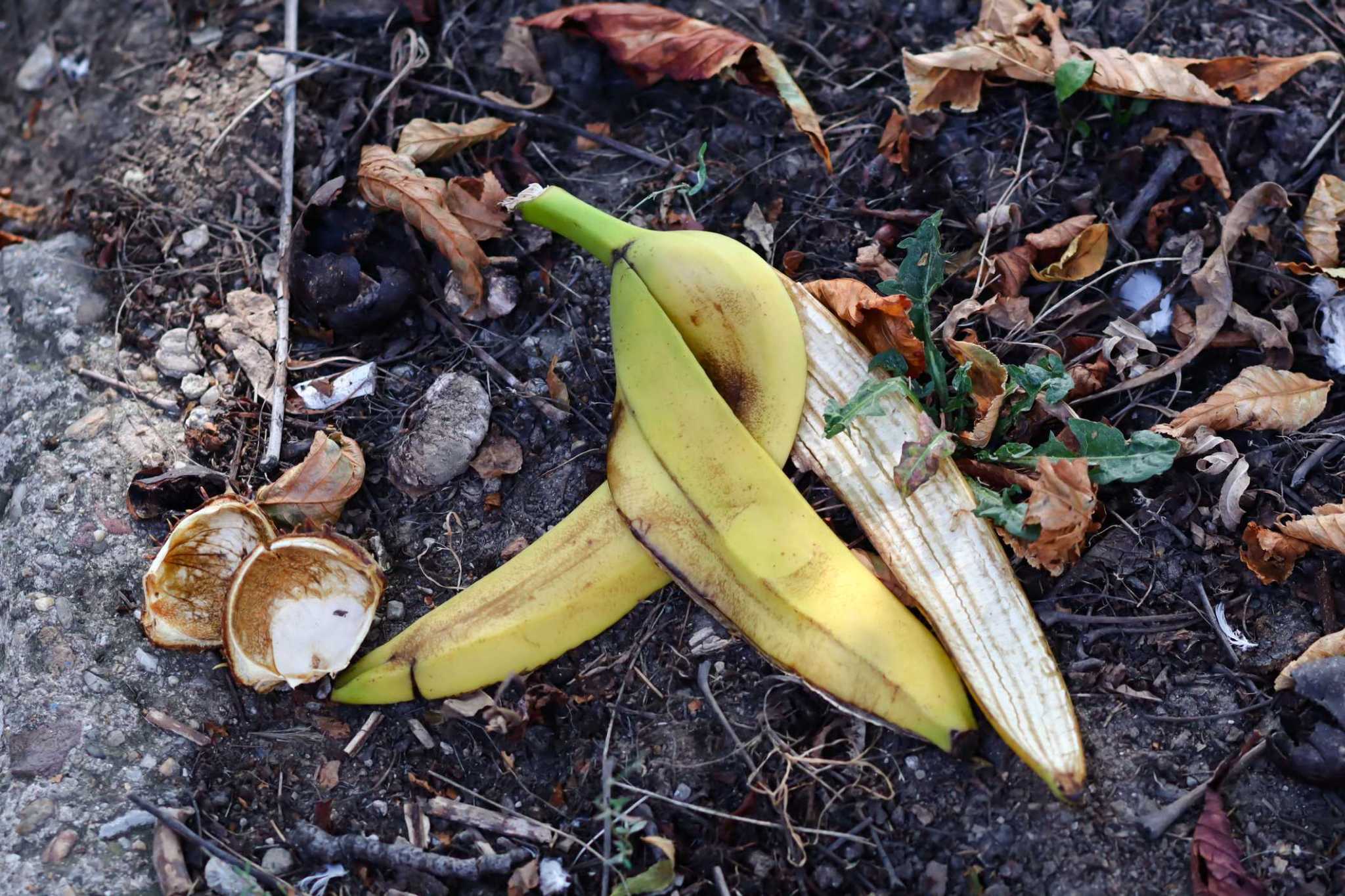 What will you do after eating a banana? You will be likely to throw the banana peel away. Well, you might stop that because it can be an excellent natural pest control for your garden and a source of nutrients for your plants.
What will you do after eating a banana? You will be likely to throw the banana peel away. Well, you might stop that because it can be an excellent natural pest control for your garden and a source of nutrients for your plants.
You can also use the peal to control unwanted vegetation. All you need to do is bury banana peels close to the plant’s stem.
You can also make a spray from it and apply it directly to plants.
Another way to make pest remedies from the banana peel is by soaking it up in apple cider vinegar. Then put it in containers with holes on top. The smell will then draw bugs in and tram them inside.
8. Vinegar
 Vinegar-based pest control methods have a long history of success. Vinegar, combined with other components, makes a potent pest-repellent. Simply use a spray bottle to apply the concoction to the floor around your home or the legs of your dining room table.
Vinegar-based pest control methods have a long history of success. Vinegar, combined with other components, makes a potent pest-repellent. Simply use a spray bottle to apply the concoction to the floor around your home or the legs of your dining room table.
White and apple cider vinegar are the two most common ingredients in eco-friendly pest control recipes. Apple cider vinegar can be used as a trap for the fruit flies that have invaded your kitchen and as a part of a spray mixture.
7. Herbs
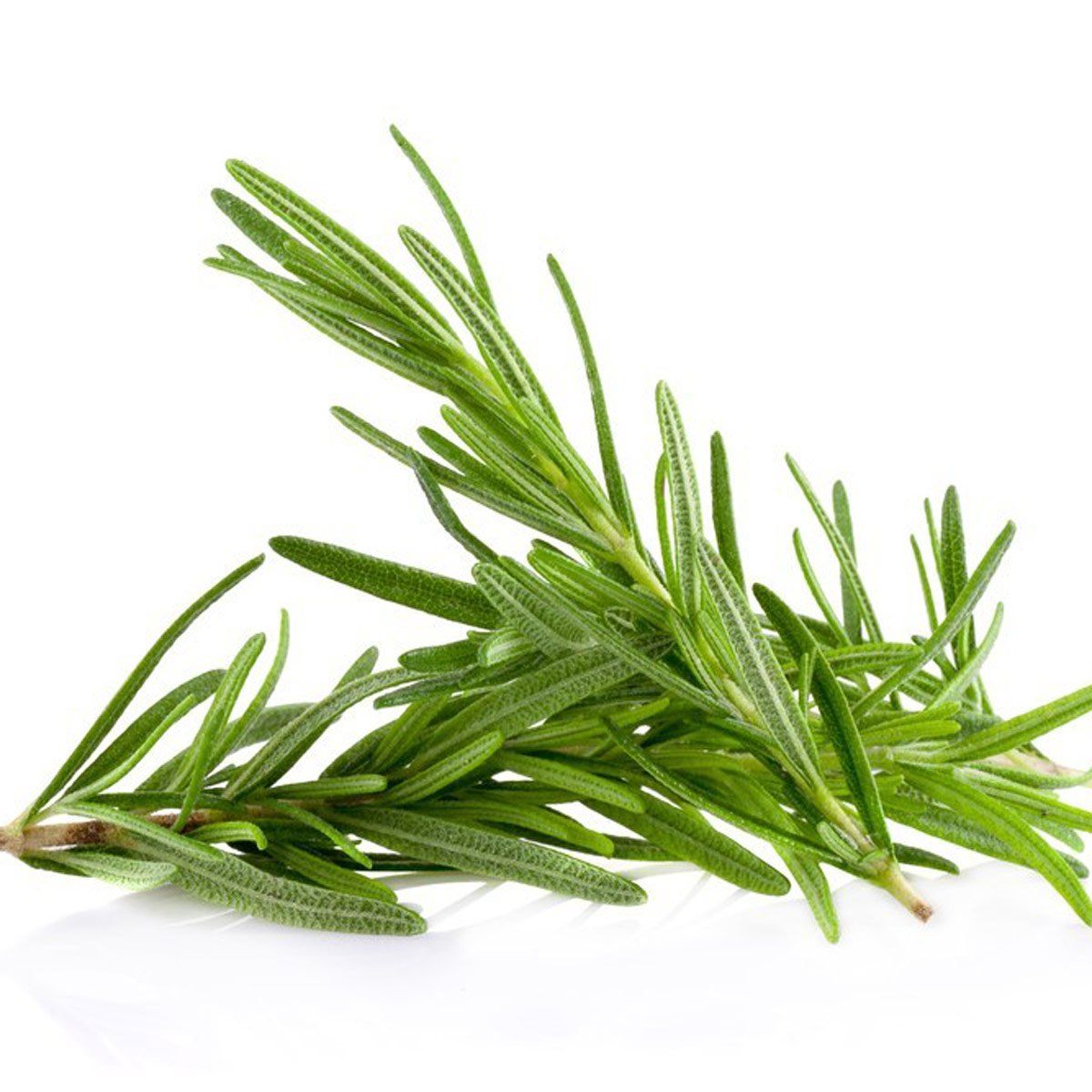 Insects and unwanted guests can be kept away with no effort by strategically putting plants around the house.
Insects and unwanted guests can be kept away with no effort by strategically putting plants around the house.
Some animals have an inherent aversion to some plants. As a result, homeowners widely employ them to keep pesky insects away. In addition, they serve to enhance the aesthetic appeal of the home.
Commonly utilized plants for pest control include rosemary and lavender. Simply throw fresh rosemary on burning coals to prevent the insects from biting you during outdoor activities.
Second, choose basil to deter insects. Simply keep basil plants near the door and keep the flies at bay. Finally, choose a chrysanthemum to protect you and your loved ones from pests like spiders, mites, roaches, and aphids. Check Simphome to find other plants your home pest doesn’t like but, at the same time, can attract your prospects’ attention.
6. Cinnamon

Do you have an ant problem? Try using cinnamon as a natural repellent. After those two meet, the ants’ sensory organs will get irritated, rendering them unable to follow their track. Glue cinnamon sticks into the ant trail or sprinkle cinnamon powder over your problem areas and observe.
Ants can be deterred using cinnamon in either of these forms, and its essential oil is also commonly used in insecticides. Applying a spray made from oil extracted from cinnamon bark can keep ants at bay and dust mites under control. If you’re looking for a more long-lasting solution, try using a cinnamon tea bag or sachet.
Still talking about control and protection.
We present our featured resource titled 20 low maintenance garden borders and a video. Suppose you have a chance to visit the link, you will uncover A NO-DIG garden METHOD. You can use the trick to acquire or preserve healthy soil for your green collections and save some money you’d normally be prepared to spend on chemical fertilizers that have negative environmental consequences.
5. Citrus
 You can use lemons and other citrus fruits to improve your appearance, clean your home, and even treat infections. Additionally, it is an economical and efficient method of controlling unwanted pests.
You can use lemons and other citrus fruits to improve your appearance, clean your home, and even treat infections. Additionally, it is an economical and efficient method of controlling unwanted pests.
You may use citrus in various ways to repel insects, much like cinnamon can. The simplest method is to just place a peeled slice in areas frequented by pests. In addition to discarding the peels, you can massage them into the surface, where they will form a mound.
Another alternative is to spray a mixture of water and citrus essential oil down doorframes, window sills, and countertops. Bonus, without air freshener, your home will smell nicer.
4. Salt
 You can use the salt in a salt lamp to generate a natural insecticide for the plants. Whether regular or Epsom salt, it’s commonly used in homemade bug sprays.
You can use the salt in a salt lamp to generate a natural insecticide for the plants. Whether regular or Epsom salt, it’s commonly used in homemade bug sprays.
The difference between the two kinds is table salt consists of sodium chloride or NaCl, while Epsom Salt contains magnesium sulfate or MgSO4. If you use either salt to create insecticides, you’ll not only be able to keep the pests out but also provide your garden with nutrients like magnesium and phosphorus. In addition to being effective against fleas and termites, you can also use salt to keep unwanted garden visitors at bay.
3. How to DIY your natural pest control
 Do you have unique glass bottles? Clean them thoroughly, and fill one-third of them with sand, pebbles, or marbles. Finally, fill the bottles with scented lamp oil until they are just below the rim. Put some cotton string into the cork’s center. When the rope is wet, you can light it and use it as a bug torch for an outdoor gathering.
Do you have unique glass bottles? Clean them thoroughly, and fill one-third of them with sand, pebbles, or marbles. Finally, fill the bottles with scented lamp oil until they are just below the rim. Put some cotton string into the cork’s center. When the rope is wet, you can light it and use it as a bug torch for an outdoor gathering.
Make your handmade insect spray as uniquely inventive as your imagination allows, given the right materials. One of them is recycling glass bottles. Producing candles out of the mixture is yet another method of making bug treatments.
2. A Natural Homemade Spray Idea
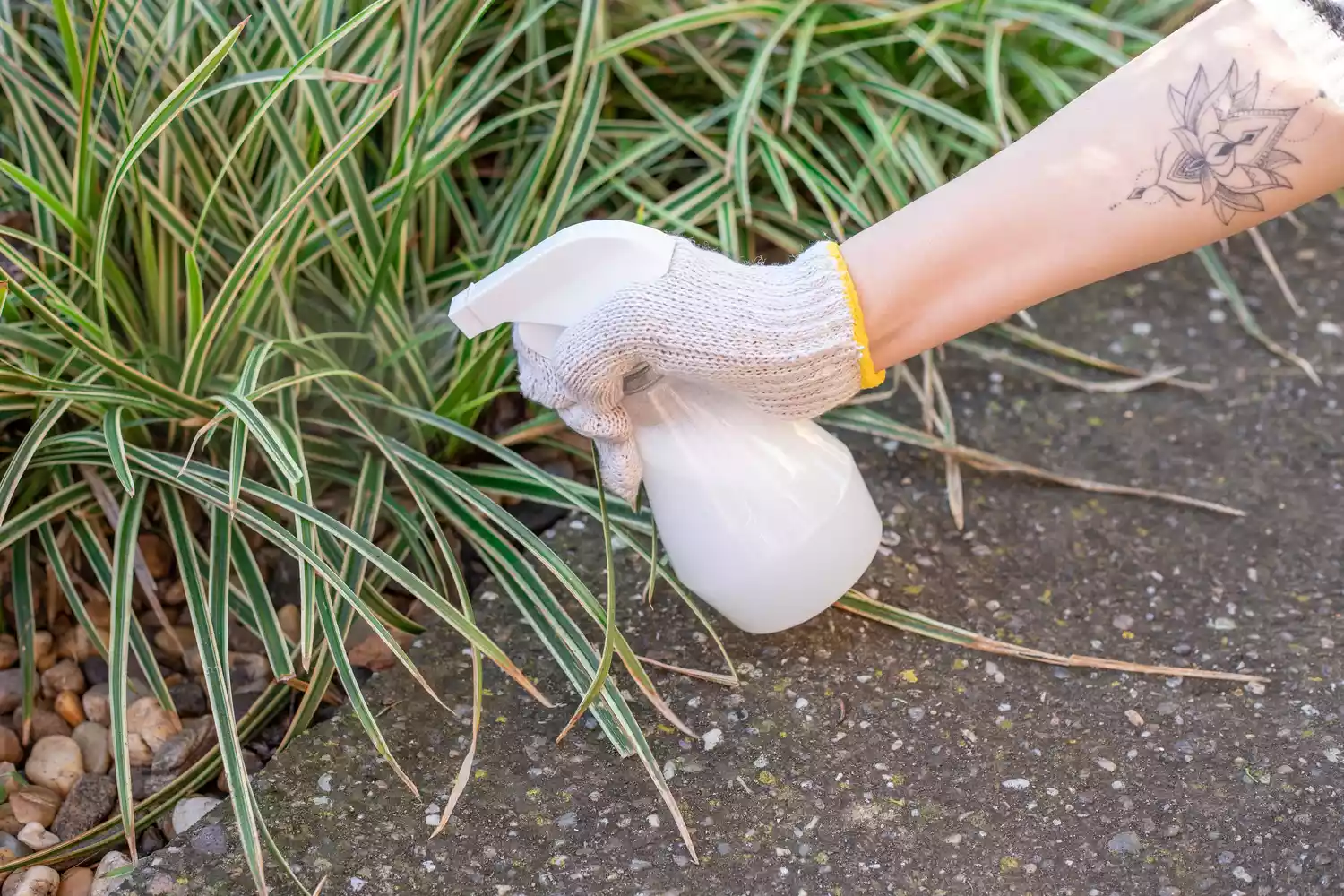 You can convert all-natural ingredients on the previous countdown into a spray solution. To give you more alternatives;
You can convert all-natural ingredients on the previous countdown into a spray solution. To give you more alternatives;
First, put a tablespoon of liquid soap, a cup of vegetable oil, and a quart of water into a mixing bowl. Spritz the plants with this after a good shake.
Second, using neem oil. You only need two tablespoons of neem oil, one teaspoon of liquid soap, and one quart of water to make up the base formula.
Garlic spray is third, and you can use it to kill insects. You can combine two entire garlic bulbs with just a splash of water. Wait until the next day; combine 1/2 cup vegetable oil, one teaspoon liquid soap, and water.
No 1. IPM (or Integrated Pest Management)
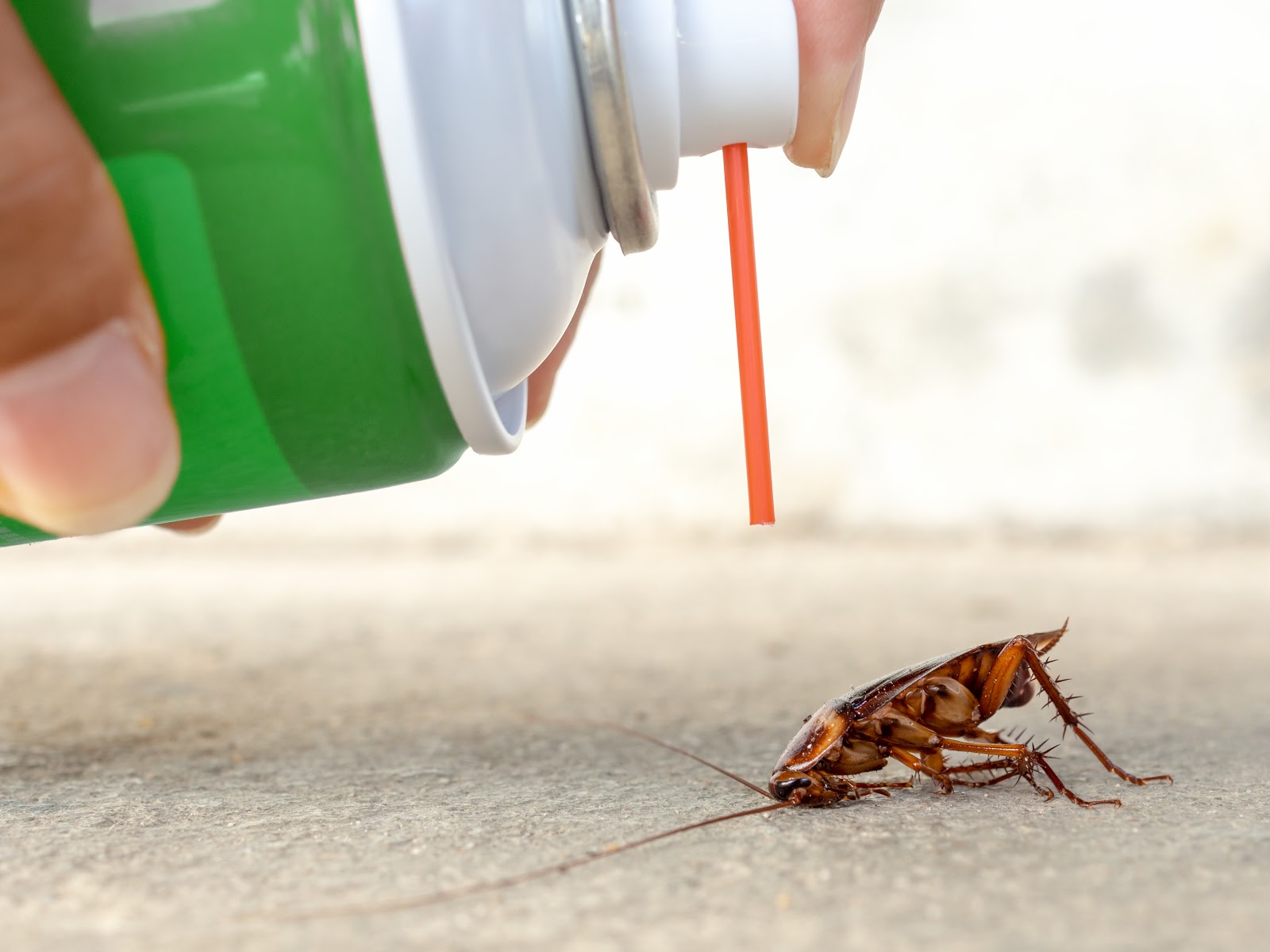 Commonly used in gardening, Integrated Pest Management is an effective and eco-friendly method of pest management.
Commonly used in gardening, Integrated Pest Management is an effective and eco-friendly method of pest management.
The strategy involves substituting plant-based or otherwise all-natural ingredients for chemically produced ones. This environmentally friendly approach to pest management entails a series of checks and balances. Some take a five-pronged approach that includes planning, inspecting, identifying, maintaining a perimeter, and constantly communicating.
The alternative requires only four simple steps: establishing an action threshold; monitoring and identifying pests; implementing preventative measures; and finally, enforcing controls. You can’t progress toward a solution without first establishing how extensive the pest problem is. The next step is determining which pests you need to treat first and which treatments will be most effective.
To prevent a population from growing to a harmful level, you must intervene before it reaches that point. The final stage, if prevention fails, is to exercise control using your homemade pesticide.
Conclusion:
Greater environmental consciousness has led to an uptick in natural pest control methods that the general public developed and shared via social media and the internet. While it’s true that you can effectively repel pests with the help of chemicals, doing so comes at the expense of your health. We have picked the best ways to keep them away, but several studies have shown that common home items can be just as effective.
Additional Resources, From Garland and Sideman:
- Put up Walls or fences.
Garland argued that physical barriers, such as row covers, can be used to effectively control a wide variety of pests without resorting to chemical methods. You can utilize fences to protect crops from the deer population. Netting is useful for keeping mammals and birds away from plants like berry bushes. - The Row Covers
Garden fabric row covers, supported by wire, provide a tunnel for your plants to grow into the chamber while letting in a lot of light. In addition to keeping out pests, it can shield plants from wind and low temperatures. You may also shield your crops from wind and cold with the help of row covers and keep some pests at bay. - Pick up trash
Pests may seek refuge in decaying vegetation and other forms of trash. Sideman noted that squash bugs, for instance, will sometimes hibernate behind dead pumpkin and squash plants. Cleaning up the pumpkin or squash patch every fall is one method of controlling a squash bug infestation. - Catch them off guard.
It is possible to take advantage of a pest’s propensity to hide in clutter by placing traps there, like Garland’s attempted to eradicate slugs and earwigs. She’ll place a plank of wood or a hose fragment on the ground next to a crop, and on a sunny day, the earwigs and slugs will congregate there. She picks up a scrap of wood or hose and scrapes the bugs into a pail of soapy water. - Replace plants every several years.
Some pests’ life cycles include overwintering in a region; hence, it can be helpful to relocate crops yearly, alternating them between beds, as Sideman explained. For example, the Colorado potato beetle burrows under the ground over the winter and then emerges in the spring to forage on surrounding potato plants. Although it cannot fly, it can walk. The potato population can be kept low by relocating the crop yearly. - Draw in potential predators
Planting crops with mutually beneficial relationships is known as companion gardening, in which you can try to control insect populations. Sideman gave the example of growing tomatoes next to alyssum to illustrate this point. While aphids are a common problem for tomato plants, the blossoms of the alyssum plant attract insects that feed on them. - Zapped or Dust-bust them
The solution to a pest problem may be so obvious that it’s comical. In one example, Garland discovered that one of her ornamental catalpa trees was infested with aphids. Some aphids can fly, but these couldn’t, so Garland simply washed them off with water. “I knocked them down, and they can’t get up and repopulate the plant.”
Garland has used a bug zapper to knock Japanese beetles off of plants and a Dustbuster to vacuum up cucumber beetles that had gotten under a row cover. She has found that regularly using a Dustbuster to eradicate pests from plants has significantly reduced their numbers. - Initiate a trap crop
If you want to protect your other crops from pests, you can use a “trap crop,” a sacrificial plant that serves as bait. Then you can spray a smaller area, hand-pick the bugs off the trap crop, or use a Dustbuster, as Garland said. - Spray with organic bug spray
Insecticides come in various forms, and not all of them are toxic chemical concoctions. Organic gardeners sometimes turn to Bacillus thuringiensis, or Bt for short, a naturally occurring soil-dwelling bacteria that serves as a powerful insecticide. This bacteria is sprayed onto plants in oil to kill caterpillars like hornworms, cabbage worms, and corn earworms.
Specifically, “[Corn earworm] is the insect that gets in and consumes the tip of the corn,” Sideman explained. Typically, upon discovering it, people feel disgusted. Corn earworm moth lays eggs on silk during corn’s silking stage; caterpillars then move down cobs and begin feeding.
Sideman advises putting a Bt solution over the corn after the silk has died, allowing pollination to occur before the pests can feast. The Bt then eliminates any wandering caterpillars.
References:
10. Familyhandyman.com
9. Familyhandyman.com
8. Familyhandyman.com
7. Familyhandyman.com
6. Guardpestcontrol.com
5. Bobvila.com
4. Bobvila.com
3. Bobvila.com
2. Treehugger.com
1. Epa.gov, Callnorthwest.com